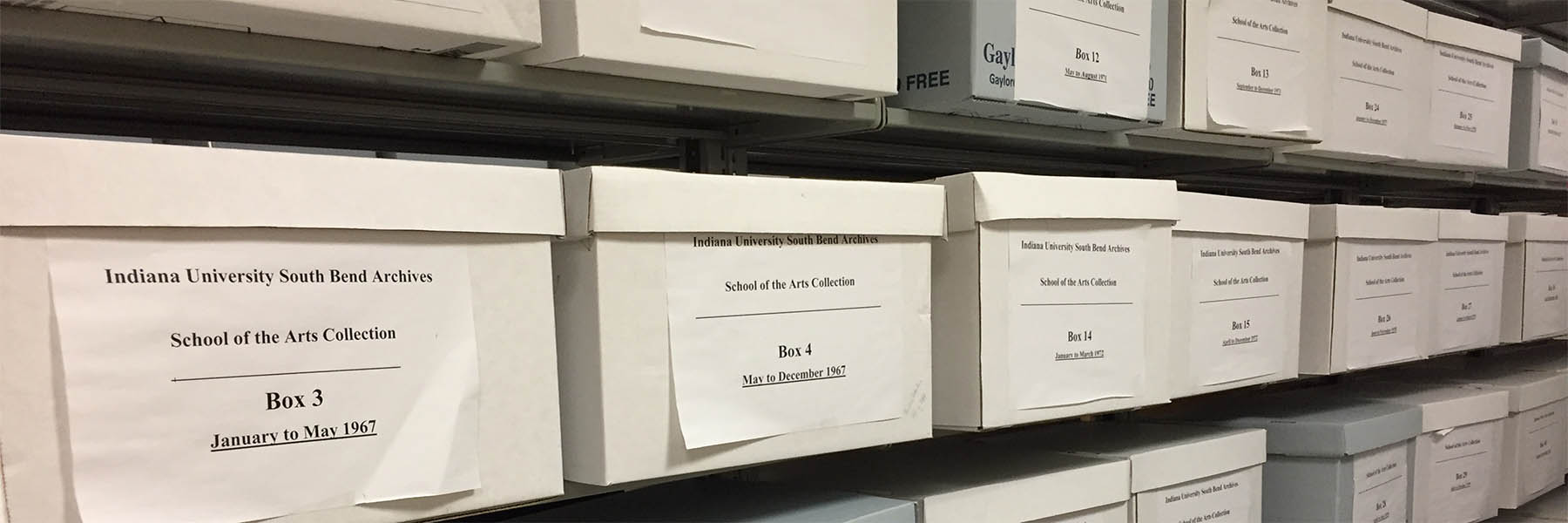Indiana University offered its first extension class in South Bend during the spring semester of 1916. There were occasional classes from 1922 onward, but an organized extension program began in 1933. Before World War II, most young men from South Bend and Mishawaka went into factory jobs even before graduating from high school, while young women worked in offices or retail stores, or settled early into raising a family. Higher education was largely for children of families which could afford the cost of tuition, room and board at a residential college far from home. The two well-known Catholic colleges located just outside the city limits enrolled few students from the local community.
The IU extension program consisted almost entirely of evening courses at Central High School in downtown South Bend, taught chiefly by local high school teachers who held advanced degrees. Enrollment reached about 500 before the outbreak of World War II, and all courses were at the freshman and sophomore level, because it was assumed that students would somehow find the time and money to complete their degrees at the home campus in Bloomington. Returning veterans taking advantage of the G.I. Bill boosted credit enrollment to 1100 by 1950, and there was also a popular program of non-credit classes and lectures.
By the mid-1950s, IU President Herman B Wells developed a new system of "regional campuses" for South Bend, Gary and Fort Wayne, all with new buildings to replaced crowded borrowed and rented facilities. The South Bend-Mishawaka Center opened on its riverside site in 1961, with some 1500 students and a small full-time faculty as well as a much larger number of adjunct lecturers, but still limited to a two-year transfer program. Not until 1965 did the Indiana General Assembly authorize IU to offer degree programs at its regional campuses. The first degrees were awarded locally in 1967. Rapid growth in degree programs, faculty and facilities quickly followed, and Indiana University at South Bend (renamed in 1968 and generally called IUSB thereafter) enrolled more than 5,000 students by the early 1970s, when its expansion slowed.
Lester M. Wolfson led the campus from 1964 until 1987, emphasizing programs in the liberal arts, although there was a substantial enrollment in Business and Education, which offered masters as well as undergraduate degrees. By purchase and new construction, as well as the closure of several city streets, by the early 1990s IUSB achieved the image of a traditional campus, with a central landscaped mall. Not until 2008 did the campus open its first long-desired student housing, located across the St. Joseph River and reached by an elegant pedestrian bridge which became its most distinctive visual symbol. In 2016 Indiana University South Bend has an enrollment exceeding 7,500 and awards nearly a thousand 'bachelors' and 'masters' degrees each year.
Patrick J. Furlong, Professor emeritus of History
Alison Stankrauff, former IU South Bend Archivist


